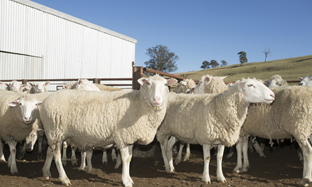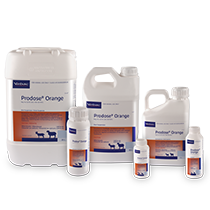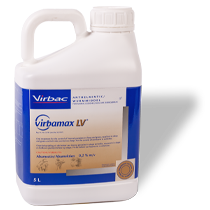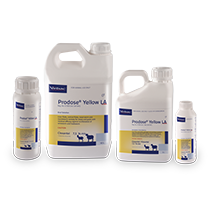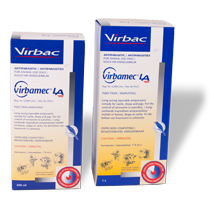
Nasal worm Infestation in Sheep and Goats
Nasal worm in sheep and goats are the larvae or maggots of Oestrus ovis, which is the sheep bot fly. Nasal worm or nasal bots only develop to maturity in sheep and goats, and as such, do not pose a threat to cattle and other livestock, but only to sheep and goats.
Effects and Diagnosis
Signs of nasal worm infestation include breathing difficulties and signs of disturbance related to the attacks of the bot flies irritating the animals. Disturbed behaviour by the animals ranges from short sprints to burying their noses in the fleeces of other sheep or goats. The animals may also stamp their front feet or snort, and a discharge from the nostrils may be observed. Infected sheep and goats may also cough and sneeze.
Nasal discharge is the most common sign of possible infection, but there is no commercially available test for diagnosing nasal worm in sheep and goats. The nasal discharge and difficult breathing must not be confused with pneumonia. Infestation can affect the animal’s ability to smell and this, in turn, could hinder the ram’s ability to smell when ewes are ready to mate. As such, infestation has the potential of lowering the mating drive. Infected ewes may find it difficult to smell their offspring and bond properly directly after lambing.
Lifecycle of The Nasal Bot Fly in Sheep and Goats
Bot flies are most active in the spring and late summer months when temperatures are higher, but activity is dependent upon the region. The lifespan of the female nasal bot fly is on average two days in the warm summer season and 28 days during the winter period. The sheep bot fly deposits its larvae in the nostrils of the animal from where the larvae move and grow within the animal’s nasal cavity and frontal sinuses.
The nasal worm develops through three larval stages. The adult nasal worm grows to around 3 cm in length. Only once a bot is expelled through sneezing can it be noticed. They can take from as little as six weeks to as long as ten months do develop. The expelled fly bots form pupae in the soil from which the bot flies emerge after a few weeks.
Treatment Options
If an infestation is suspected, follow an anthelminthic treatment plan. Treatment options range from macrocyclic lactone (ML) containing drenches or injectables to closantel containing products. . Products registered as a treatment of nasal worm in sheep and goats includes Prodose Orange & Prodose Yellow LA, containing closantel as its active ingredient.
We also offer Virbamax First Drench in the ML group as well as Virbamec LA.

